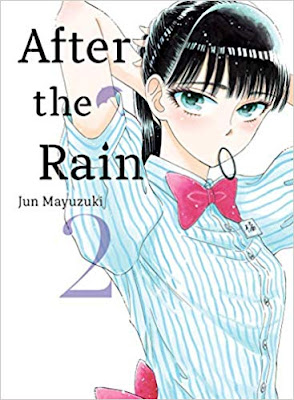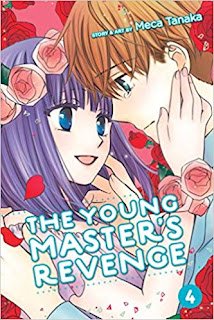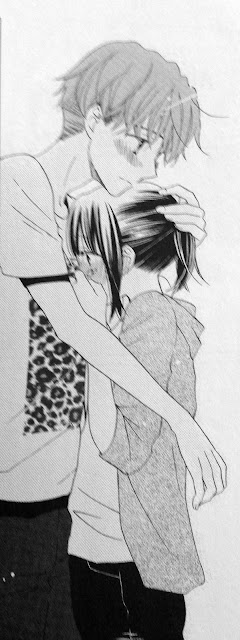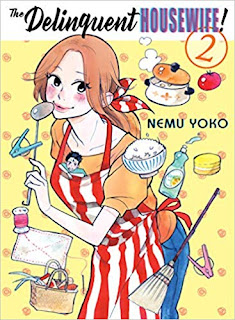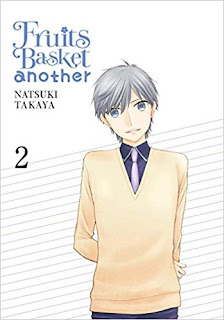I haven't written about writing in a while, so I thought I'd talk a little about my personal drafting and editing process, especially since I've started writing my newest novel. Naturally, this is just what works for me and it might be a completely wrong approach for you. But none-the-less, since I like reading about how other people write, I figured I'd write about how I write in case you'd like to read it!
When I start a new work (Work in Progress - "WIP"), it usually starts with some key element that coalesces in my head. Maybe it's the penultimate scene, it might be a character, it might be a mood, a color, or even a style. From there, I tend to stew on it and let is just come in and out of my mind, often for months or even years before I decide to start writing.
During that time, I'm turning it around both consciously and unconsciously until it starts to take a basic shape. That shape, for me, is the character's emotional and development arc. I don't care about plot. Truly. Not in what I write, and not in what I read. I care about beautiful language and character development. The plot should be an organic and natural outcome of how the character thinks and acts in light of circumstances. If the character is well defined and their emotional journey makes sense, the plot naturally arises.
So when I put pen to paper (or fingers to keys), what I have is a basic character emotional arc but usually not much else. So when I start the first chapter, all I'm looking to do is start this character in motion.
My first draft of my first chapter is usually a crude skeleton, just the structure of what the chapter will be. Sometimes it's a pretty good structure, sometimes it's awful and needs to be destroyed. But once I finish that first draft of the first chapter, I don't go on to the next chapter. Instead, I go right back and start the second draft of the first chapter.
The second draft will do a couple of things. If the first chapter's structure just didn't pan out, if it just isn't going to go anywhere, then the second draft will be a structural rewrite. If the basic structure is okay, then the second draft is nuancing dialogue, adding details, smoothing things over, cleaning up language, creating depth, etc...
Sometimes, it'll need a third or even fourth revision until that first chapter is strong enough in character, voice, and momentum that it makes sense to write the next chapter. Since everything in a book that follows is informed by what preceded, it makes sense to me not to forge ahead if the first chapter isn't basically in decent shape.
Once I get through a couple drafts of the first chapter, I'll move on to the second chapter. Now, mind you, I still have no idea what the plot is. Nor do I care, because the plot is simply what happens in everyday life that the characters respond to in authentic ways. It almost doesn't matter what happens, because it is the character's responses that we care about, so literally anything they can respond to will be rewarding to the reader.
Now, I'm not saying that plot isn't useful, but what matters is their journey, so my plots develop out of that journey and so without a sound foundation for each preceding chapter, the journey won't make sense. If I have a crappy chapter 1, do chapter 2, then have to go back and rewrite chapter 1 - then I'll HAVE to rewrite chapter 2 because it won't make sense anymore. I never move on to a new chapter until I've gotten the prior chapter in pretty solid shape. I see no value to writing all the way through a "first draft" straight away because of the interdependence of each chapter.
What has been cool about the process of multiple revisions on a chapter before moving on, is that it allows me to start embedding subtle hints and premonitions about upcoming things without actually having to have written those yet. Then, when I actually come to those later chapters, I've already got the glimmers embedded in the earlier chapters. It would be like building a house with no plans, getting to the roof, and then realizing you needed to double the size of a room on the first floor. What a waste of time an energy and all the missed opportunities for foreshadowing!
Now, I get that this won't work for everyone, but for me it's been very productive. Here's some of how it works though in practice, because it isn't as simple as writing a draft of a chapter, going back and editing it.
Starting the book, I've been stewing on the basic character arc for months or years. Then writing the first draft of the first chapter, often in two or more sessions. From there, I'll often take a break and just let the draft float around my brain. I do a lot of pre-writing in my head, tossing ideas around, playing with dialogue, looking for themes, unraveling motivations (frequently while in the shower or on the potty - sorry about that). I find the thinking time so much more valuable than the actual writing time. For me, the thinking IS the writing. The typing is just the process of getting it out.
When I actually go back to write and edit a second (or third or fourth...) draft of a chapter, I've spent so much time in my head living in the first draft, that the second draft is far more than just editing. It's more like taking a very rough pencil sketch and turning it into a photograph (or a painting).
After the second (or third or fourth...) draft of a chapter, I move on to the next. And for me, the process repeats. Get a chapter really solid, draft a new chapter, edit that new one until it's really solid, move to the next. I do this for each chapter until I finish the draft of the entire work. But that's far from the end. I consider this to the the "first draft" of the full book.
My next step is to go back to the beginning and start reading and editing it into a second draft, one that pulls the voice together across all the months or years of writing, that addresses any little threads and themes that got loose, and that ensures that dialogue is meaningful, language is well used, and that the work actually accomplishes what I wanted it to accomplish with emotion and character.
From there I might certainly do additional drafts. Additionally, during all the months or years of writing, I keep spreadsheets and other notes on what happened when, what will happen, why people did things, when they knew things, how they interacted, when we met people, etc... to keep track of the internal logic and consistency of the narrative. This has been really really helpful. It also lets me jot down editing notes for prior chapters that spring to mind while I'm working on a new chapter. It creates a reflexive back-and-forth with the work to bring it all together.
So that's how I work on a long piece. I'd love to know how you do it. Will you tell me in the comments? (Pretty please!)
✩🚺


